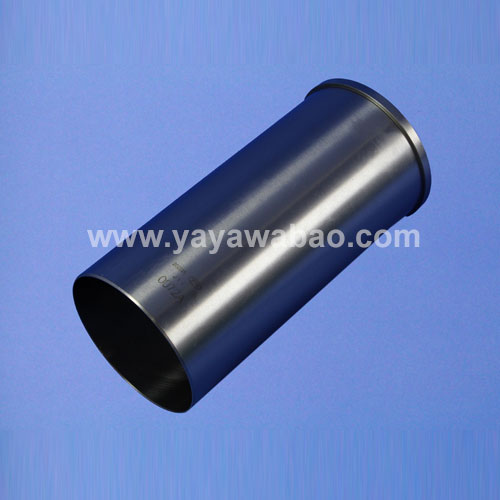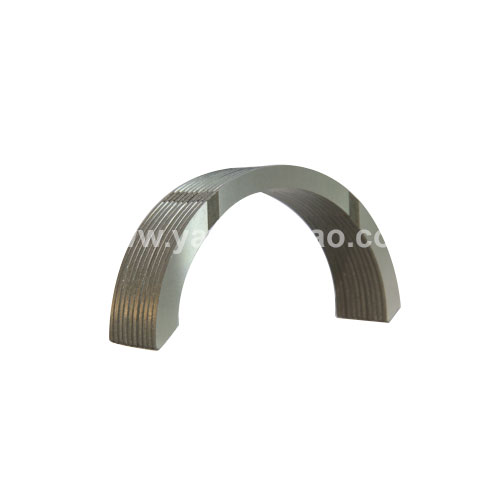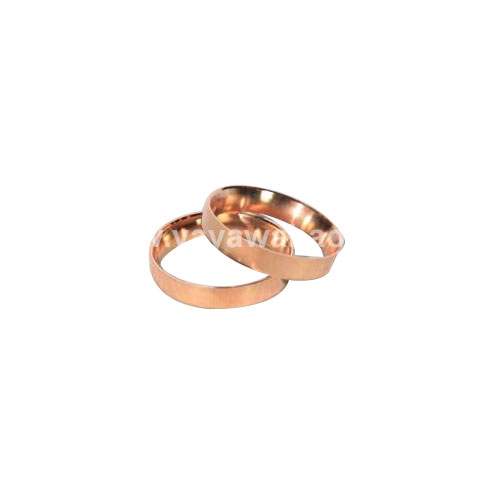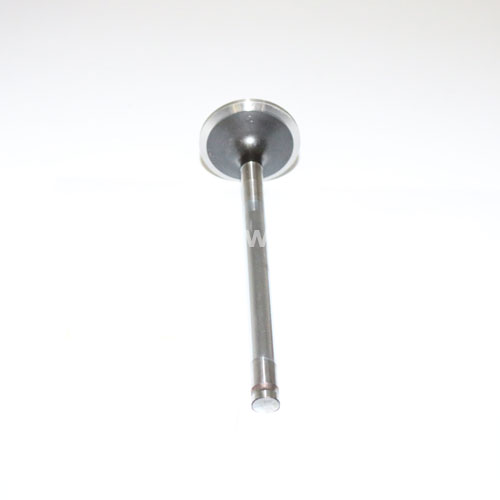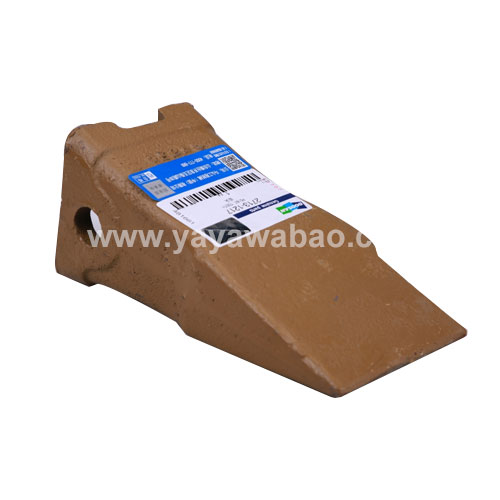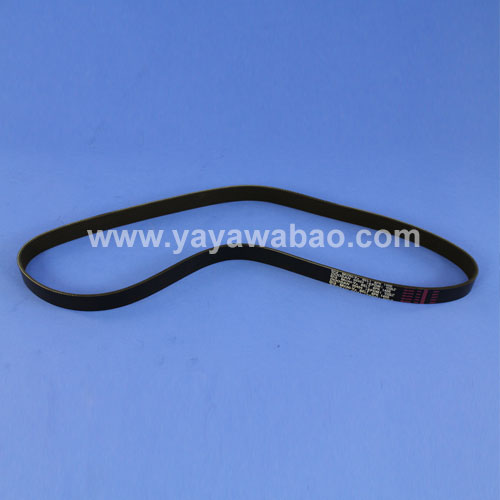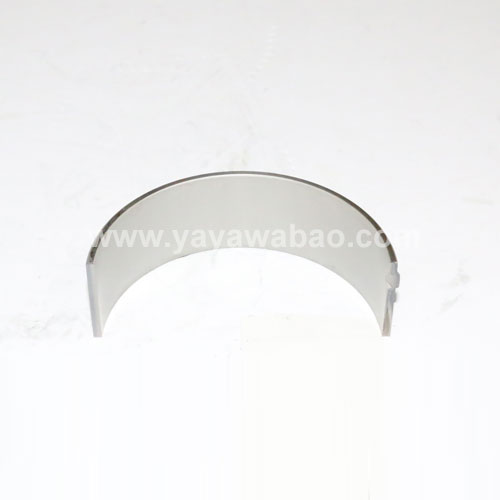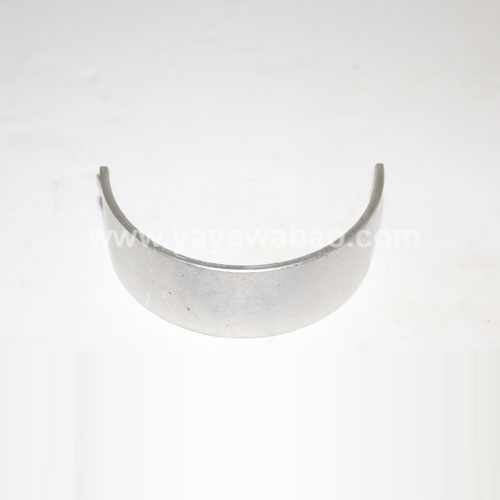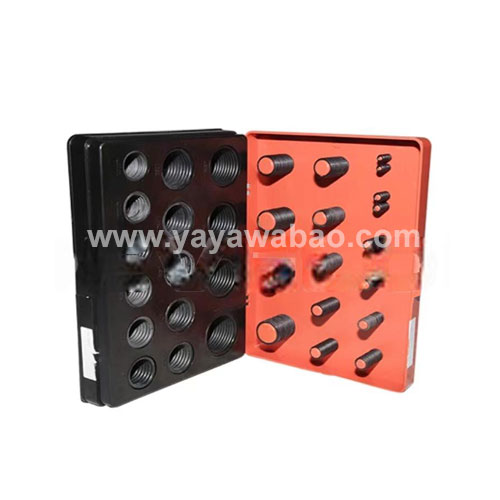

The main function of the O-ring in an excavator is to ensure the normal operation and longevity of the excavator.
O-rings are commonly used sealing components that provide both static and dynamic sealing. Static sealing involves achieving a seal in a stationary state by pre-compressing and tightening the sealing surface, while dynamic sealing refers to achieving a seal in situations involving relative motion through friction and wear. O-rings are typically made of materials such as rubber, polyurethane, silicone, etc., and possess advantages such as high temperature resistance, corrosion resistance, and wear resistance. These characteristics make O-rings widely used in various fields such as hydraulics, pneumatics, and hydraulics.
In excavators, O-rings are placed in critical locations, such as the gaps between pistons and cylinder liners, to prevent fluid leaks and the entry of external impurities into the system. Due to the harsh working environment of excavators, which places higher demands on sealing components, O-rings can maintain tight contact throughout the piston’s movement process due to their good elasticity and rebound characteristics. This effectively prevents oil leakage and ensures the stability and reliability of the excavator. Therefore, understanding the basic structure and function, material selection, maintenance, and replacement of O-rings is crucial for ensuring the sealing performance and longevity of the excavator.
| Product NO. | Applicable models |
| ORING-32L | DH370LC-7 |

